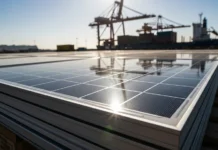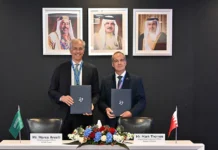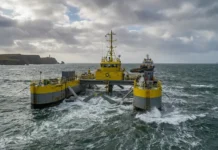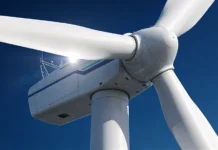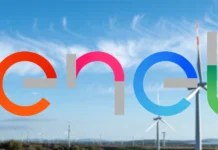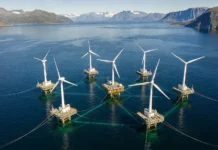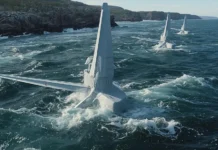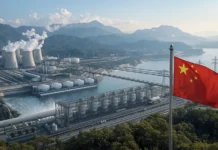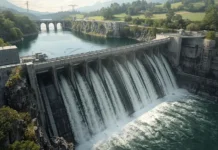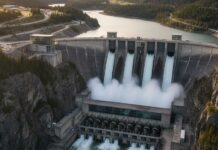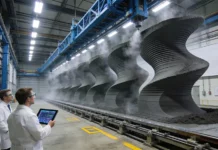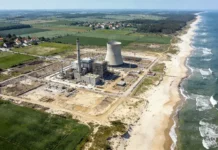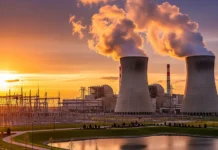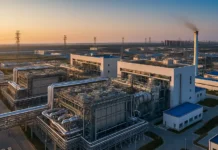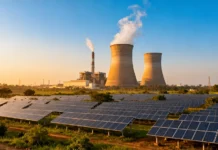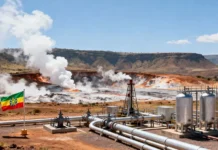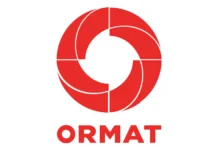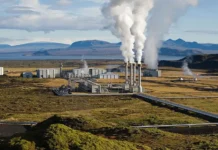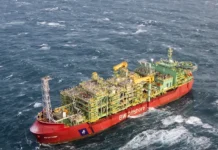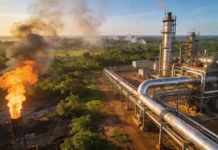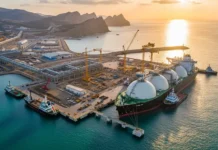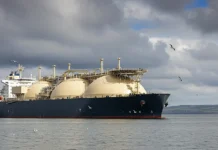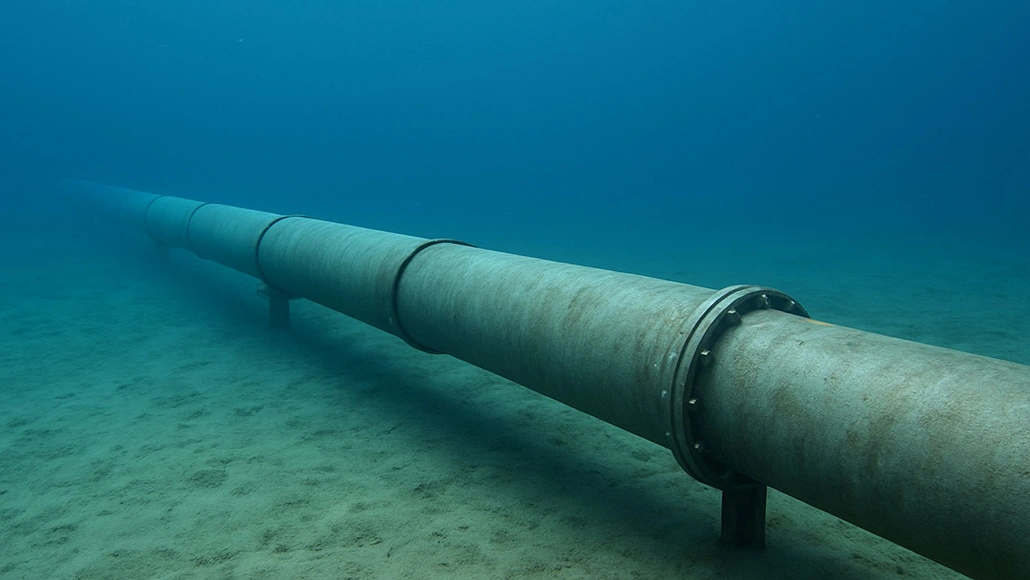The Norwegian Offshore Directorate, NOD, has approved a new gas export route from the North Sea, supporting Norway’s bid to reduce declining gas output and protect energy supply. Consent has been issued for a tie-in from Equinor’s Troll B platform to the Kvitebjørn gas export line, an initiative designed to boost output from the facility as gas injection is no longer required. The project carries an investment of about NOK 1.16 billion, equal to roughly $115.5 million.
With this new gas export route in place, Troll B will have the capacity to channel gas exports through both the Troll A and Kvitebjørn pipelines, creating an additional layer of flexibility for Norway’s gas transport network. According to the NOD, gas flows through the Kvitebjørn line to Kollsnes are expected to begin in the fourth quarter of 2025. Niels Erik Hald, Assistant Director Offshore South at the Norwegian Offshore Directorate, said: “The new gas export solution with tie-in to the Kvitebjørn gas pipeline will contribute to reducing the decline in gas production in the coming years. The Norwegian Offshore Directorate is very pleased that the previous gas injection solution for improved oil recovery will be re-used. The fact that it’s being converted into a gas export solution will contribute to further value creation.”
The Troll field lies 60 kilometers southwest of Sognefjorden in the North Sea at water depths between 300 and 330 meters. It consists of two main structures, Troll East and Troll West. Until now, gas from Troll B, located in Troll East, was sent via the Troll A facility to Kollsnes, with part of the production reinjected. That practice has now been converted to a new configuration, which establishes a tie-in to the Kvitebjørn gas line 2.45 kilometers away. This adjustment secures future export options from Troll B through both pipelines.
Norway’s focus on maintaining momentum in its petroleum industry is also reflected in exploration activity. The government mentioned the rise in interest blocks that were awarded in pre-defined areas (APA 2025) licensing round compared to APA 2024, pointing to a strong desire for new oil and gas prospects.



